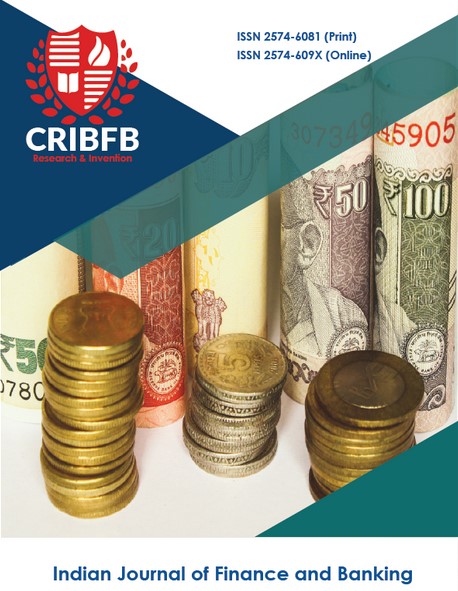THE NONLINEAR ASYMMETRIC RELATIONSHIP AMONG IMPLIED VOLATILITY INDICES OF INDIAN STOCK MARKET, GOLD, AND OIL: EVIDENCE FROM NARDL MODEL
Main Article Content
Abstract
The paper aims to examine the nonlinear asymmetric relationship among the implied volatility indices of the Indian stock market, gold, and oil for the period from 2nd March 2009 to 29th October 2021. Nonlinear Autoregressive Distributed Lag (NARDL) model results provide evidence of asymmetric nonlinear relationship among the selected variables in the short-run and the long-run. The positive and negative shocks to gold and oil implied volatility indices have a positive and significant influence on the implied volatility of the Indian stock market. The expected volatility of gold has a short-term symmetric impact on expected stock market volatility in the short run. Whereas, the implied volatility of oil has a long-run asymmetric impact on the implied volatility of the stock market. Increasing volatility in oil prices can be viewed as a signal for the starting point for the volatility of the Indian stock markets. In the long run, positive shocks to gold volatility have more impact on the expected volatility of the Indian stock market than the negative. This indicates that investors are shifting their investments from gold to stocks for higher returns when the gold prices are fluctuating.
JEL Classification Codes: G10, G11, G13, G15.




